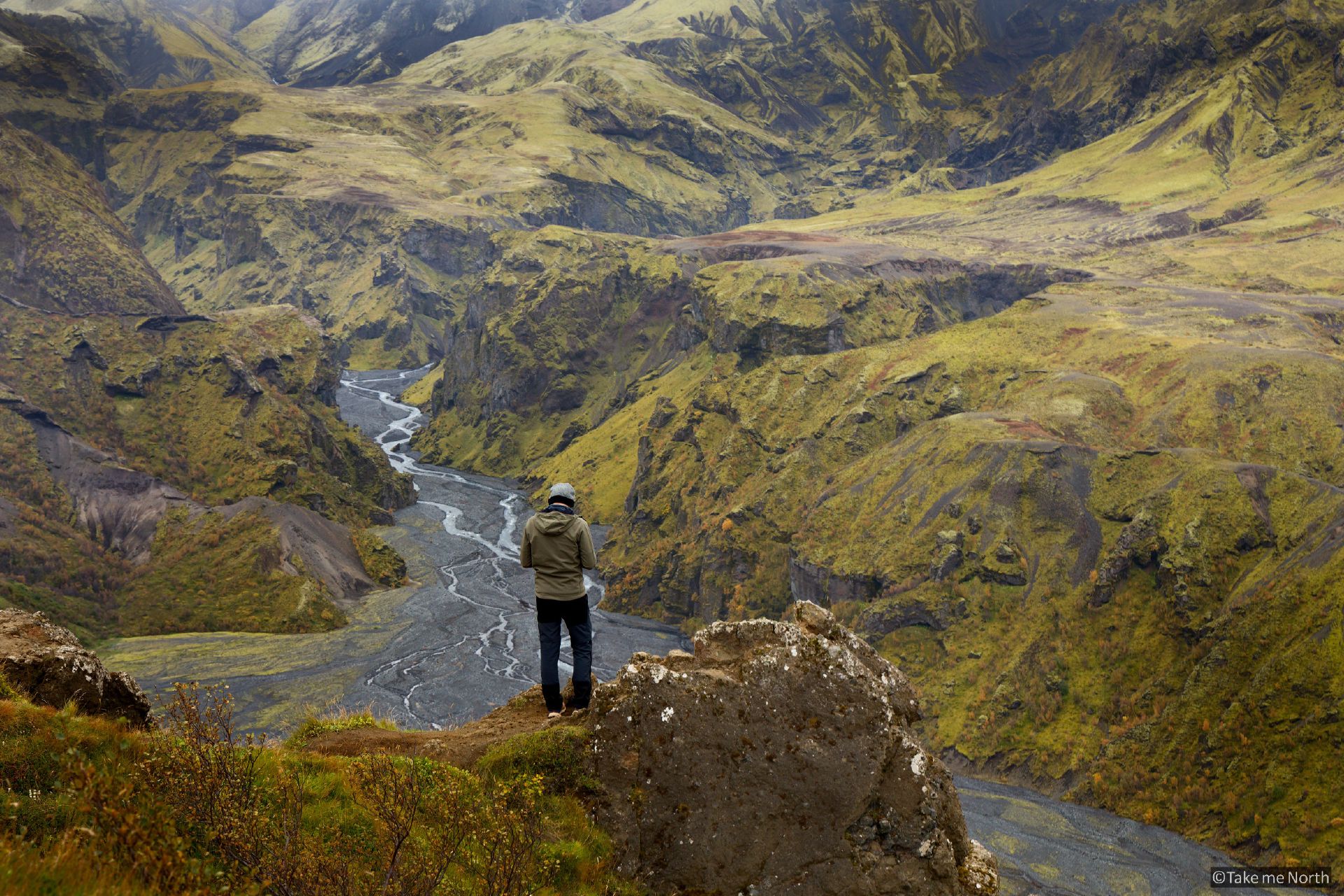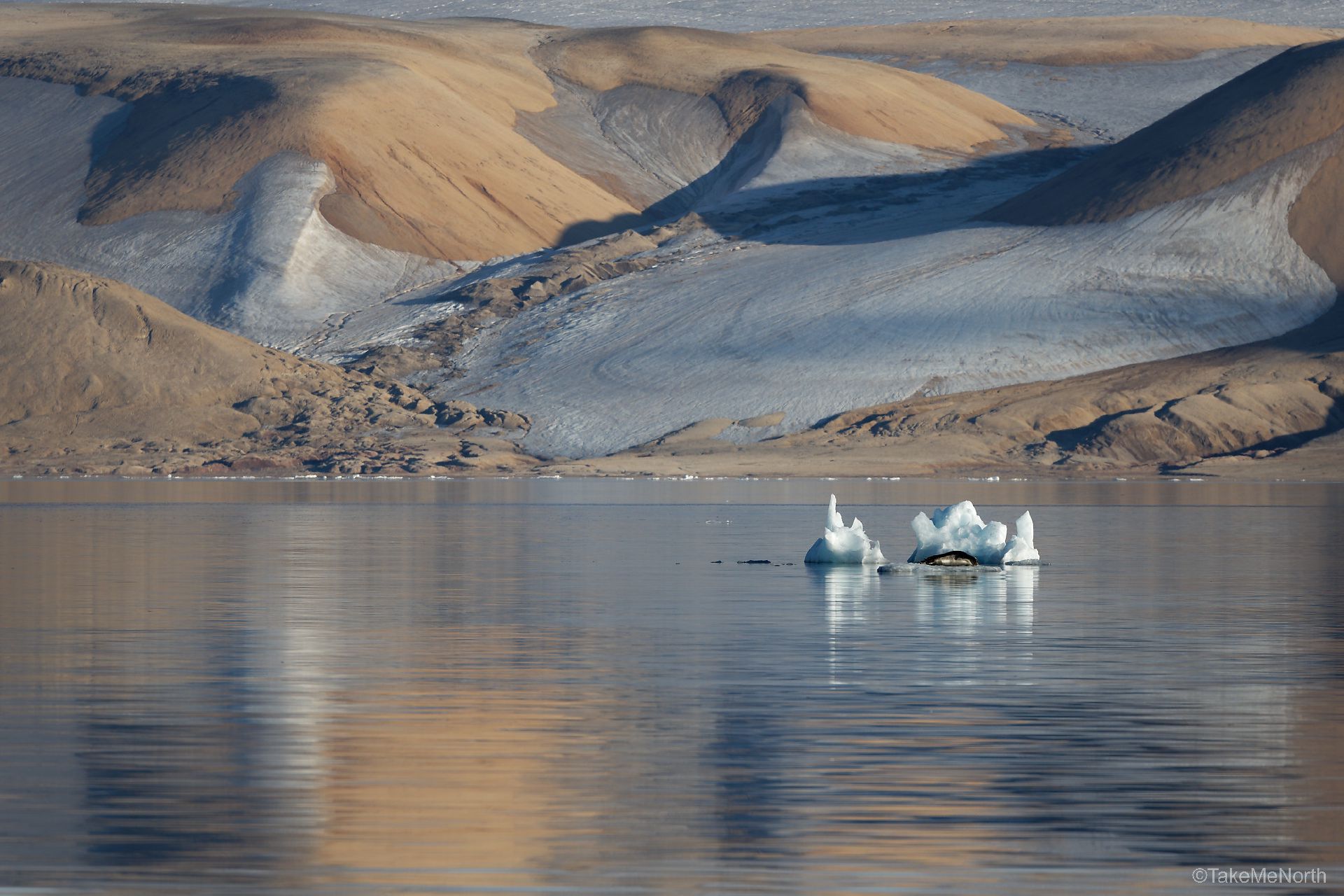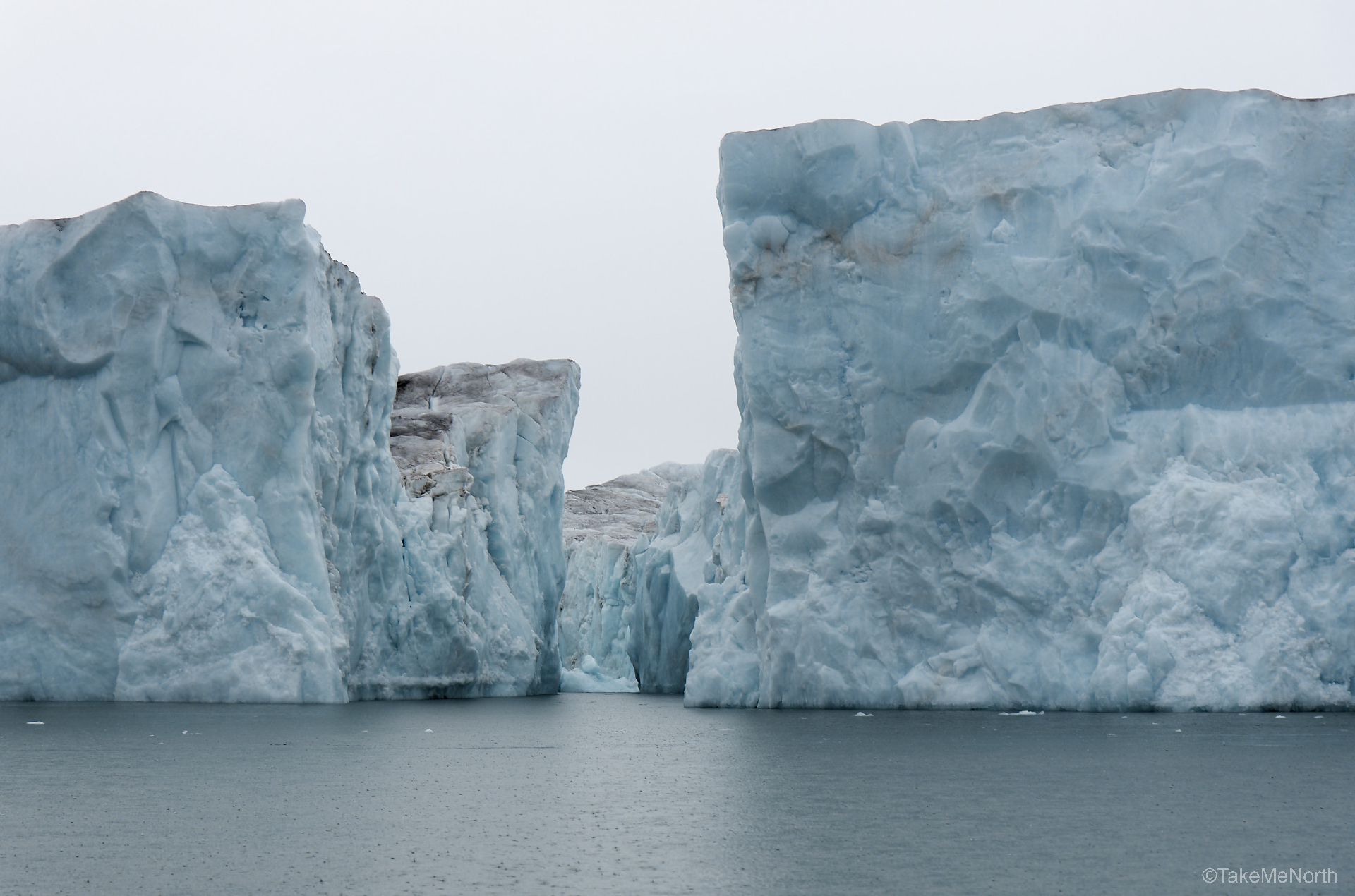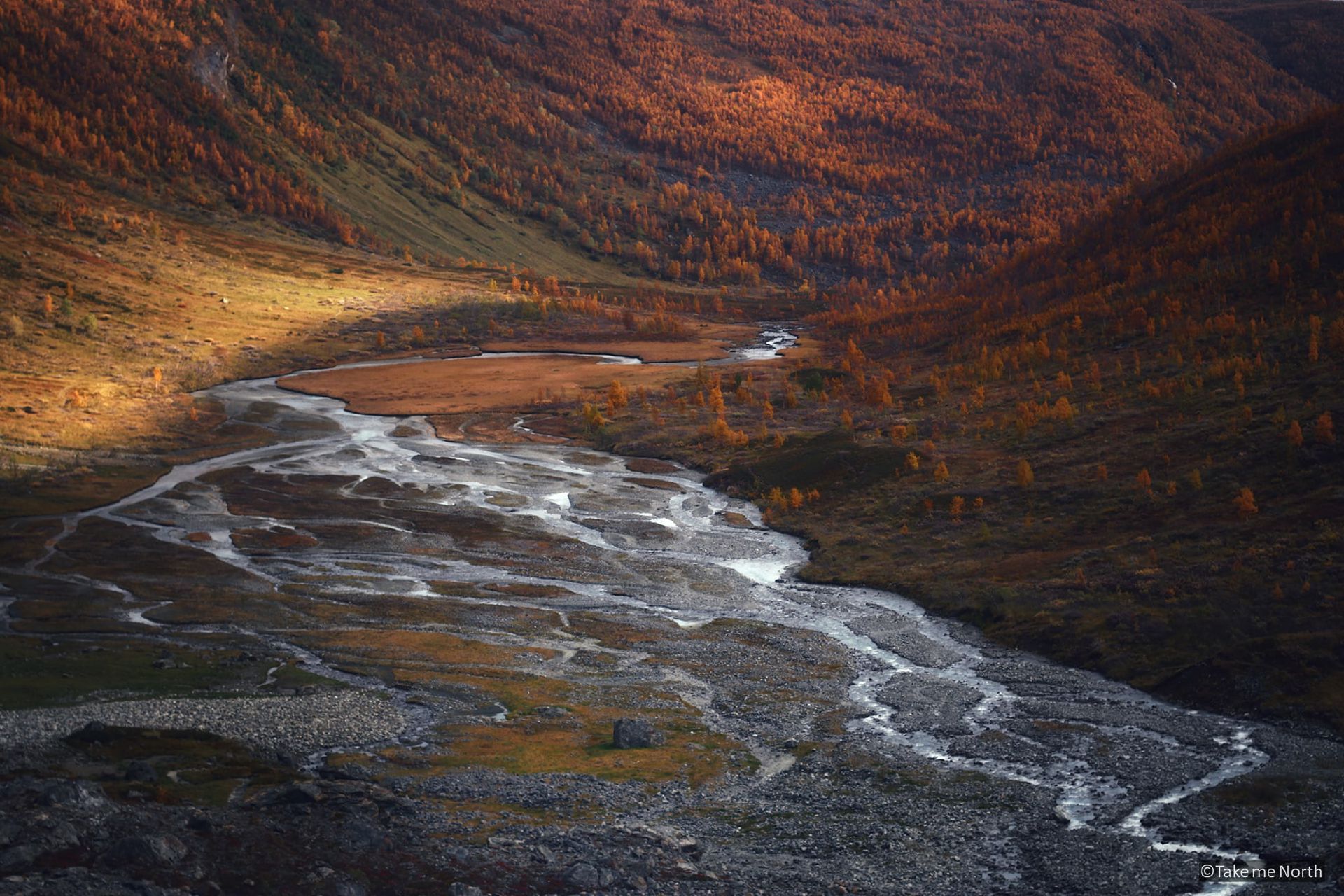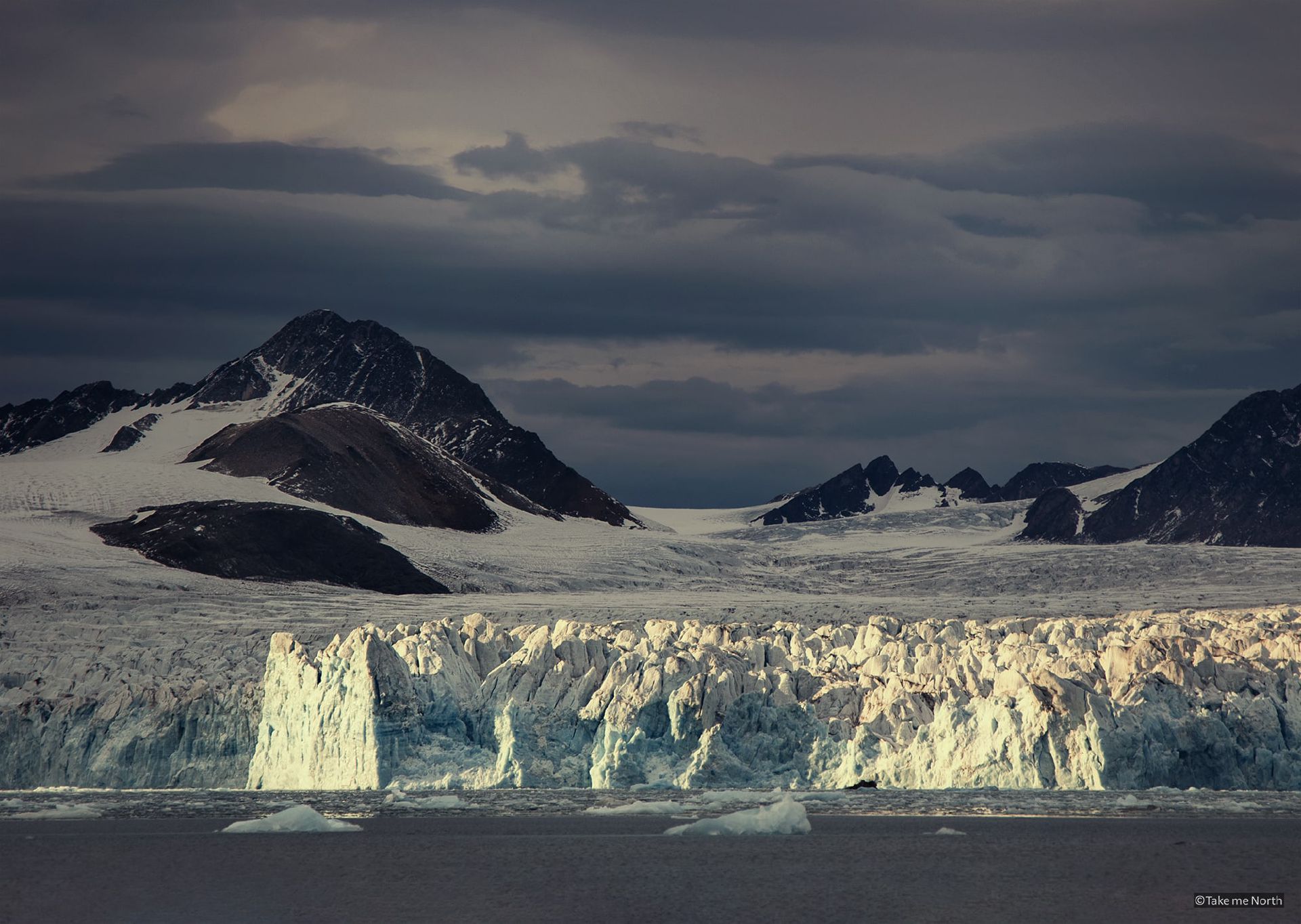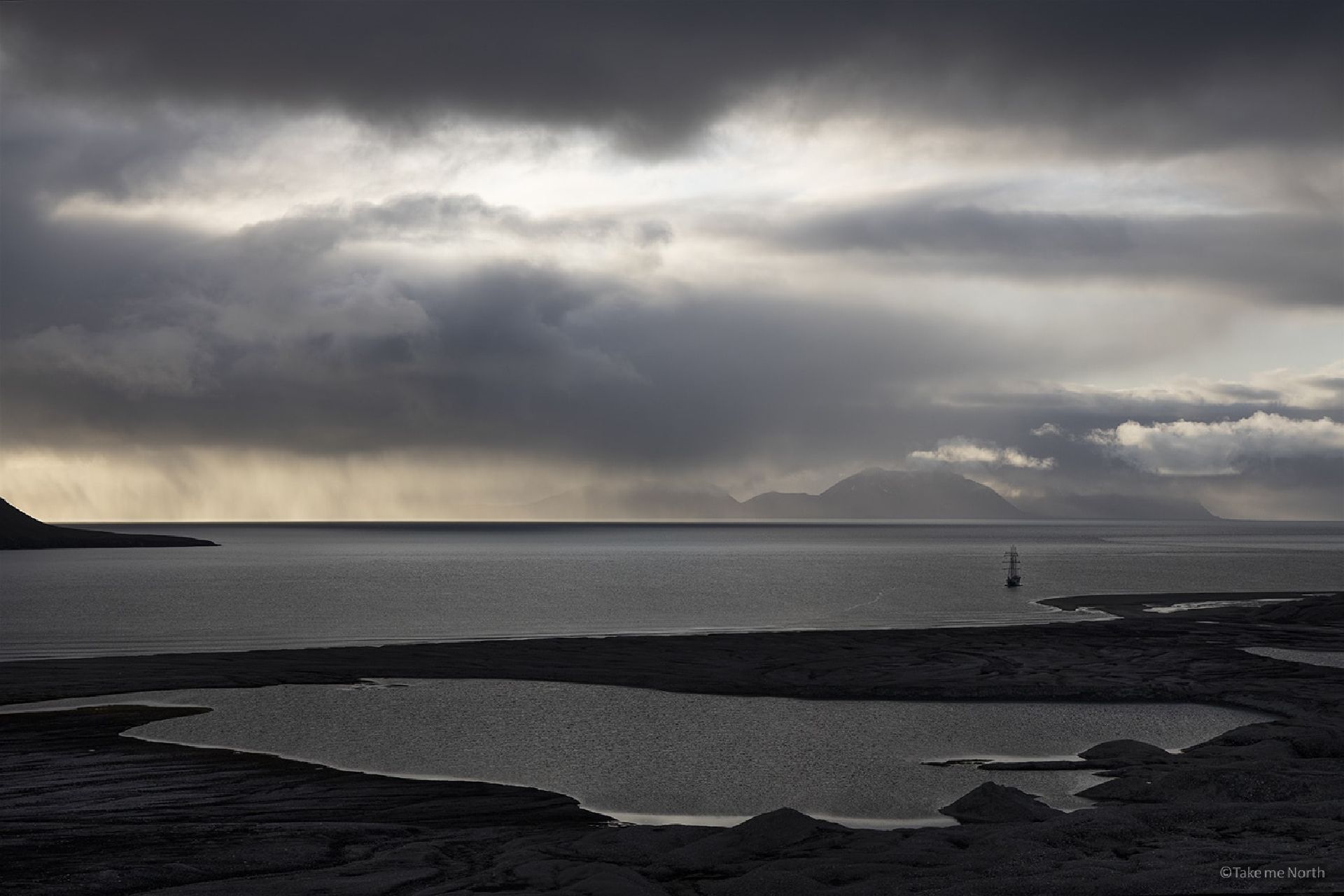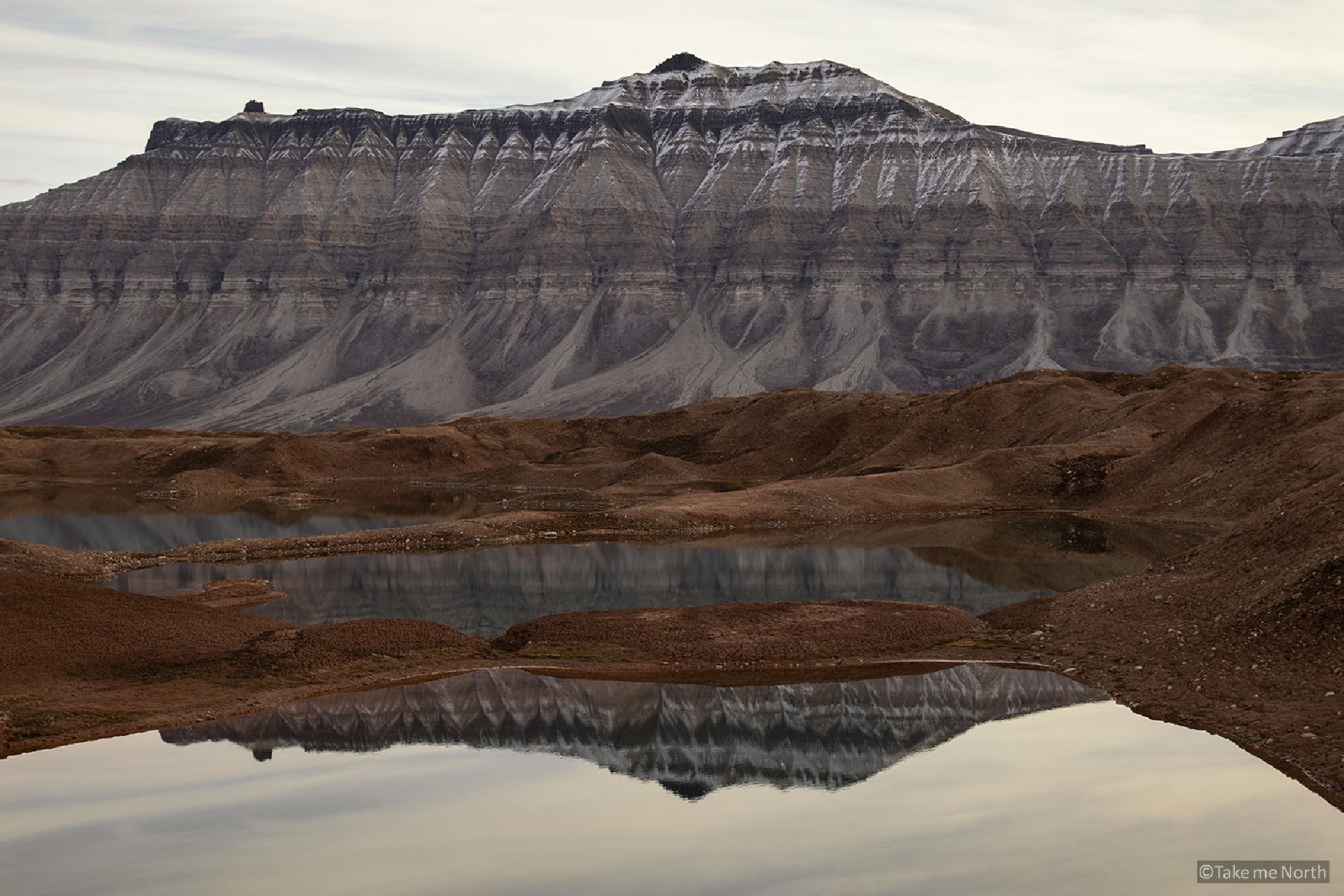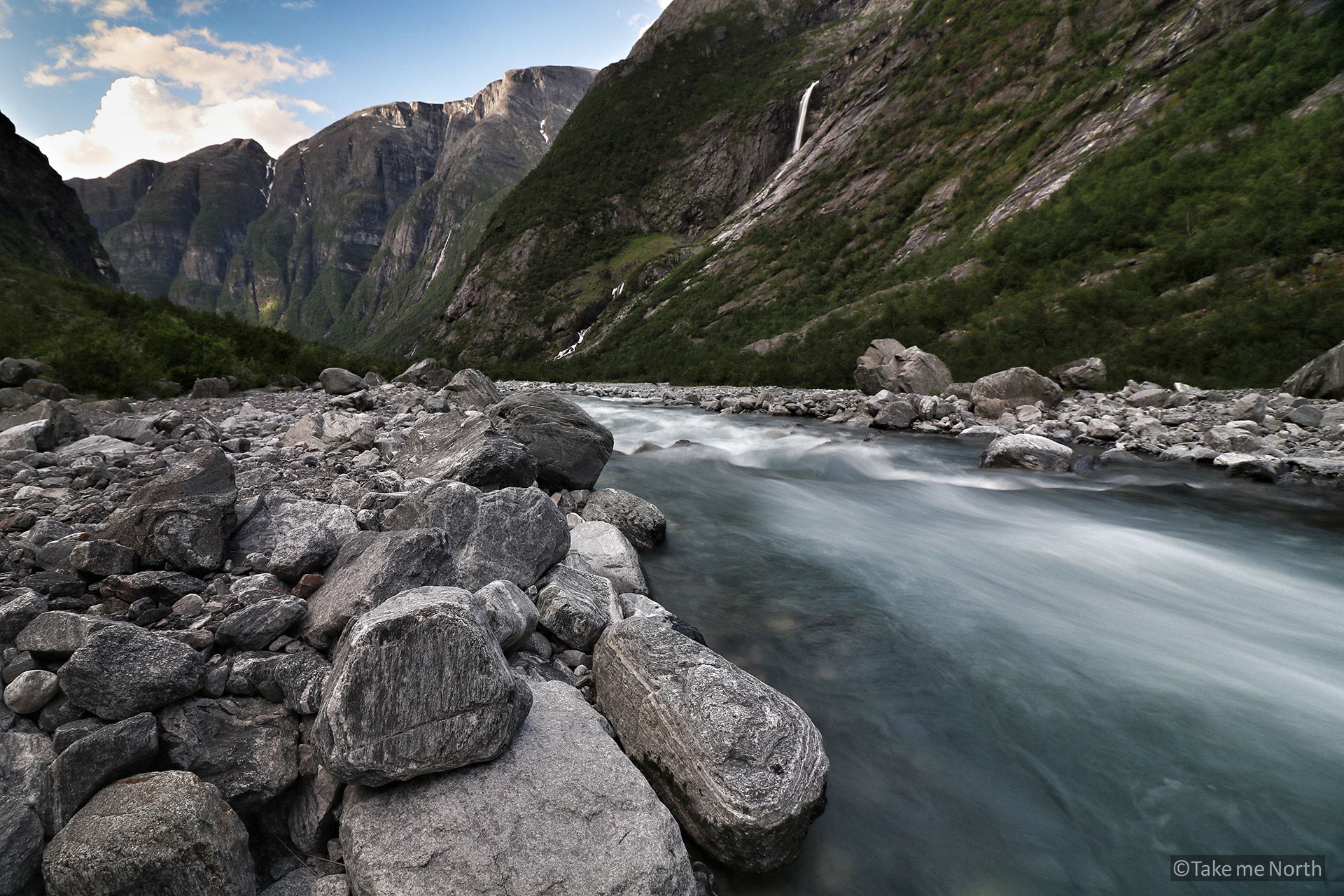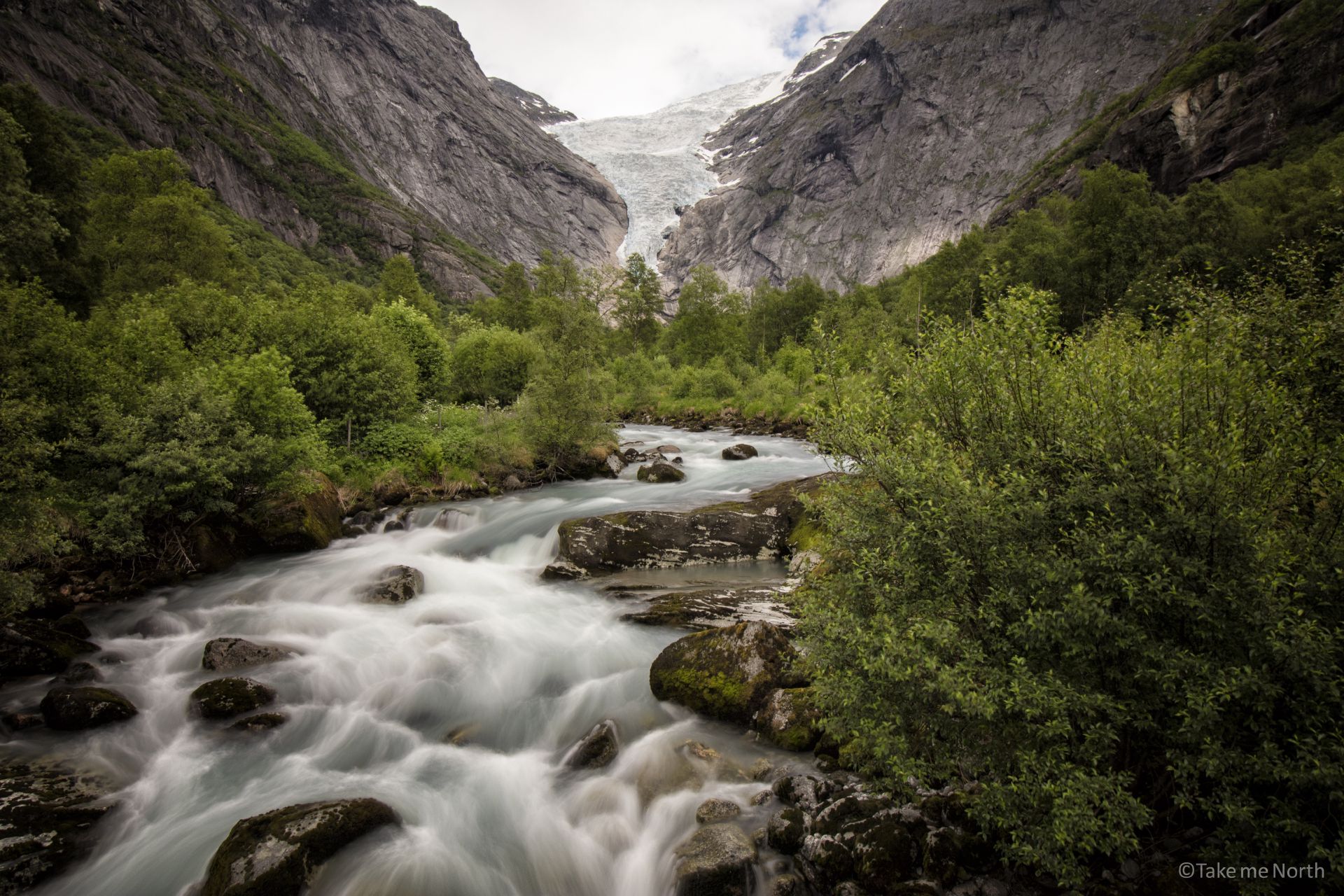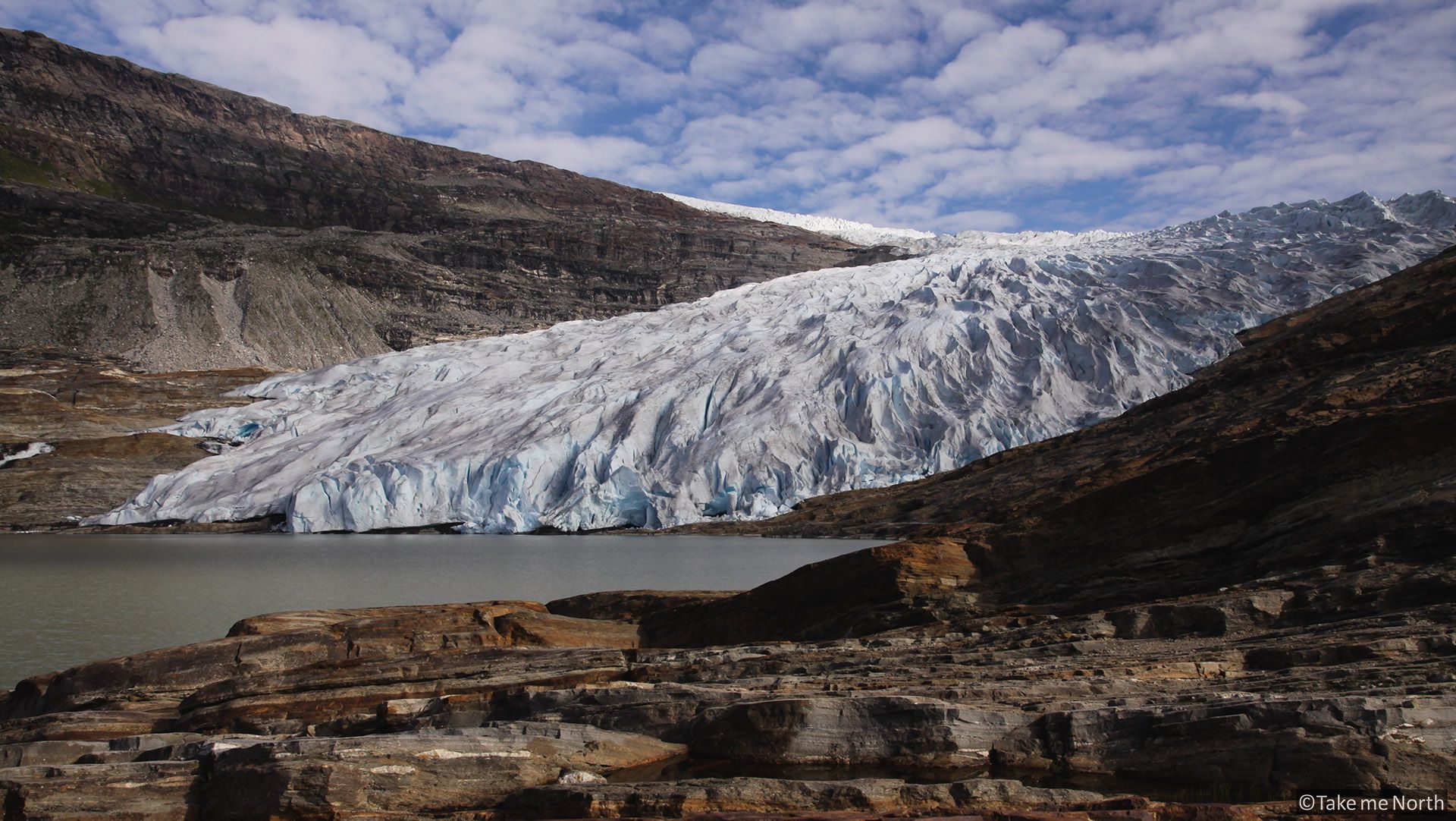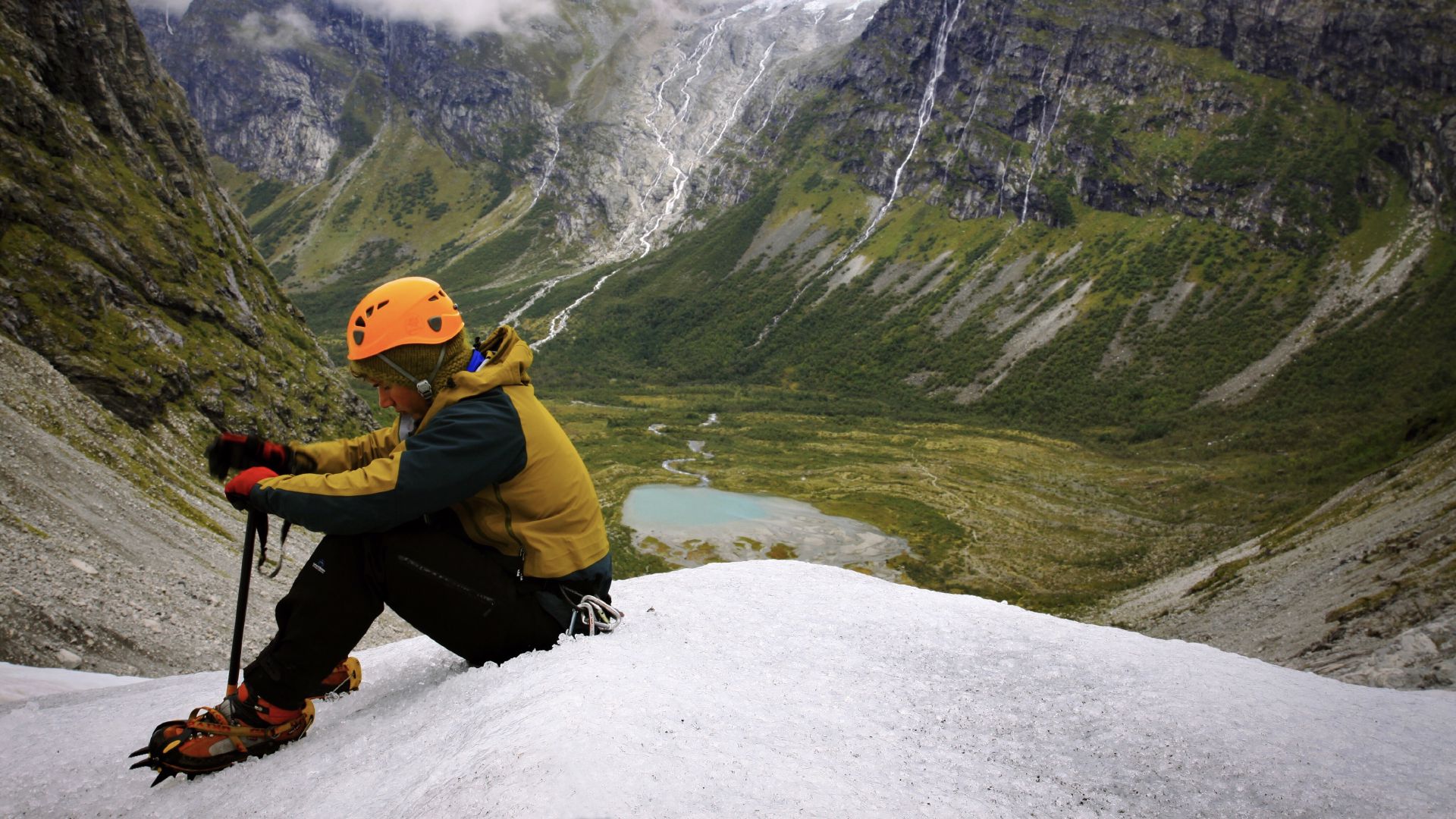A guide to visiting glaciers in Northern Europe

Glacier at Trygghamna, Spitsbergen
European glaciers and climate change
First, the bad news: glaciers in Europe are rapidly losing their ice mass. The Alps have lost roughly 50 % of their ice mass since 1900. Some Norwegian coastal glaciers were expanding up to the year 2000 driven by increased winter snowfall; these glaciers are now also retreating, just like glaciers on Spitsbergen and Iceland. Scientists have estimated that most of the smaller glaciers will have disappeared by 2100, and the Alpine glaciers in Central Europe may lose 90%-100% of their total mass.
Iceland had 300 glaciers in 2000. Today, more than 50 have melted completely, or are no longer considered glaciers. That raises a question: what makes a glacier a glacier? A glacier must have a certain thickness; the thickness of the ice mass results in pressure, which causes the ice mass to move downhill. When the glacier no longer reaches a minimum thickness of maybe 40-50 meters, it no longer moves, and we can consider the glacier dead. The increased summer temperatures are the primary cause of the glacier melt, though a change in winter precipitation and other processes are also contributing.
Top locations for glacier visits in Northern Europe
Nevertheless, the glaciers are still present at various places. If you want to witness the immensity and power of a glacier first-hand, a trip to Iceland, Norway, Greenland or Svalbard will get it done.
Norway
Central- and Northern Norway have many glaciers, with Jostedalsbreen with its many glacier tongues being the largest. Folgefonna on the west coast is popular for skiing, even in summertime. Futher north, Svartisen is very impressive. It has split into two glacier systems, Østre Svartisen (Eastern), and Vestre Svartisen (western). Austerdalsisen is a glacier tongue on the south-side of Østre Svartisen. The Lyngen alps in Northern Norway have fantastic hidden treasures for those who like to go off the beaten track.
Iceland
The South coast and interior of Iceland have beautiful glaciers including the mighty Vatnajökull with its gorgeous glacial lakes Jokulsárlón and Fjallsárlón. They are easy accessible which makes them, unfortunately, crowded tourist attractions. Fortunately, there are plenty other places to experience the rough beauty of the ice.
Greenland
Greenland’s ice cap is the second largest ice body in the world, after the Antarctic ice sheet.
Spitsbergen/Svalbard
60% of the land of the islands of Svalbard is covered by ice. Note that most glaciers are only accessible by boat (or by snow scooter in winter).
